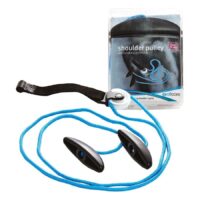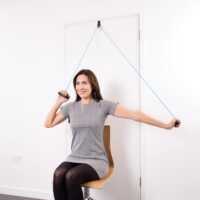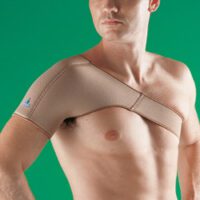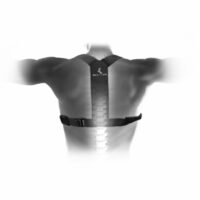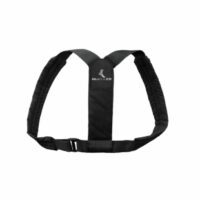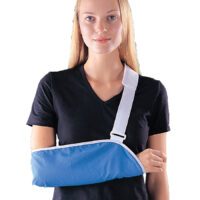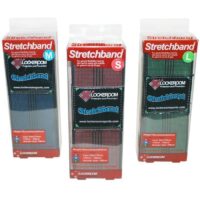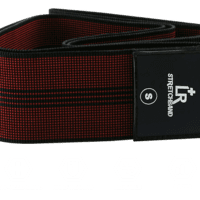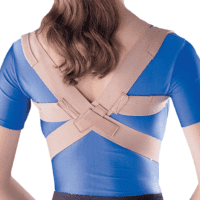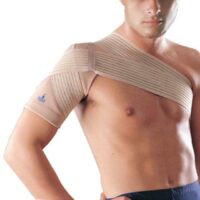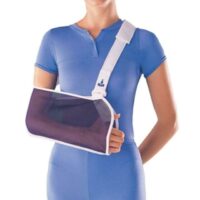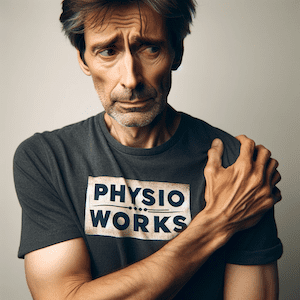Article by John Miller
Shoulder Impingement Syndrome
Your Shoulder Impingement Zone is where your shoulder tendons and bursa are most likely to impinge against the (acromion) top of the shoulder blade during overhead or shoulder height movement. The shoulder impingement zone is the most likely area when injuries to your rotator cuff or shoulder bursa occur due to the narrowing of the sub-acromial (space below the acromion) during this shoulder position.
Postures that significantly narrow the sub-acromial space are:
- Rounded shoulder postures.
- Your arm is working at or near shoulder height.
- Your arm is high overhead.
- Poor scapulohumeral rhythm.
Injuries that result fall under the Shoulder Impingement Syndrome group of injuries. These include shoulder bursitis and rotator cuff injuries.
Who Suffers Shoulder Impingement Syndrome?
Shoulder Impingement Syndrome is more likely to occur in people who engage in physical activities that require repeated overhead arm movements, such as tennis, golf, swimming, water polo, weight lifting, or throwing a ball. Occupations that require repeated overhead lifting or work at or above shoulder height are also at risk of rotator cuff impingement.
What are the Symptoms of Shoulder Rotator Cuff Impingement?
Commonly rotator cuff impingement has the following symptoms:
- An arc of shoulder pain occurs approximately when your arm is at shoulder height or when your arm is overhead.
- Shoulder pain can extend from the top of the shoulder to the elbow.
- Pain when lying on the sore shoulder.
- Shoulder pain at rest as your condition deteriorates.
- Muscle weakness or pain when attempting to reach or lift.
- Pain when putting your hand behind your back or head.
- Pain reaching for the seatbelt.
How is Shoulder Impingement Syndrome Diagnosed?
A thorough clinical examination will identify a rotator cuff impingement in most cases. Your physiotherapist will ask about your shoulder pain and its behaviour and examine your shoulder with specific tests that identify impingement signs.
Diagnostic tests may include MRI or diagnostic ultrasound scans to look for rotator cuff tears, shoulder bursitis, or impingement signs.
A problem with your neck joints can commonly cause shoulder pain. Your physiotherapist will examine this area to rule out this cause or include its treatment in your care plan.
For specific shoulder impingement advice, please consult your shoulder physiotherapist.
More info: Shoulder Injuries







